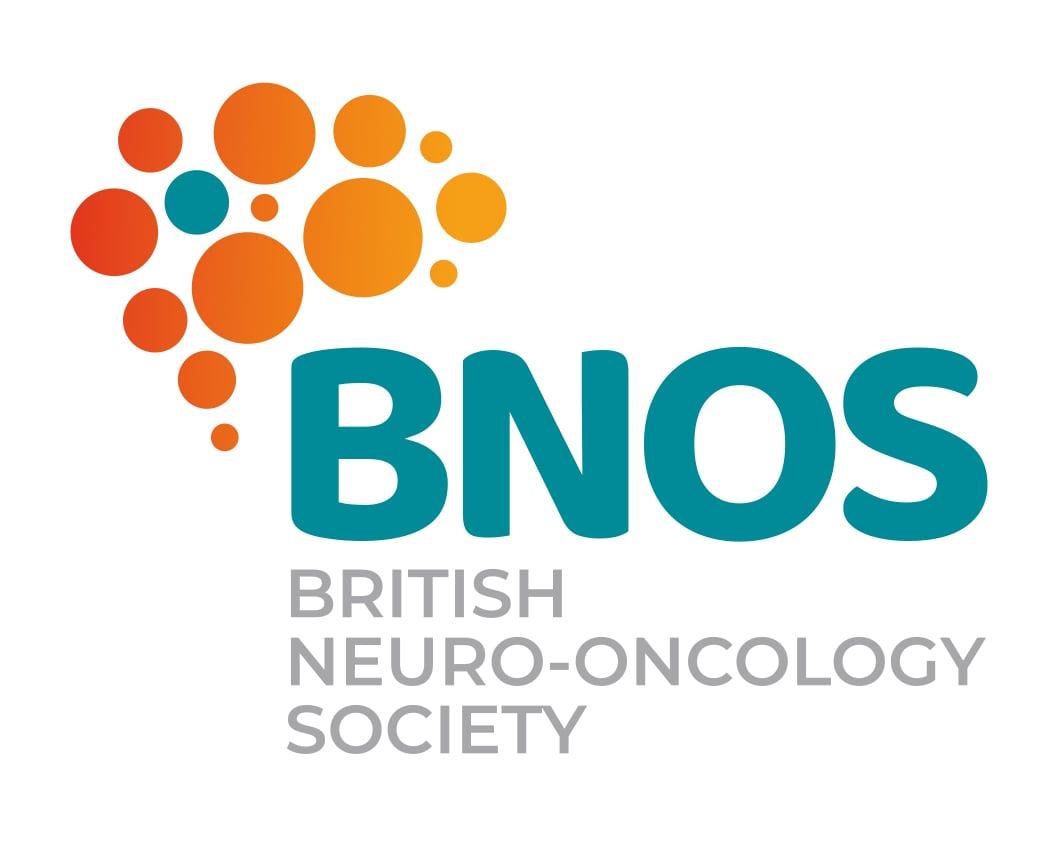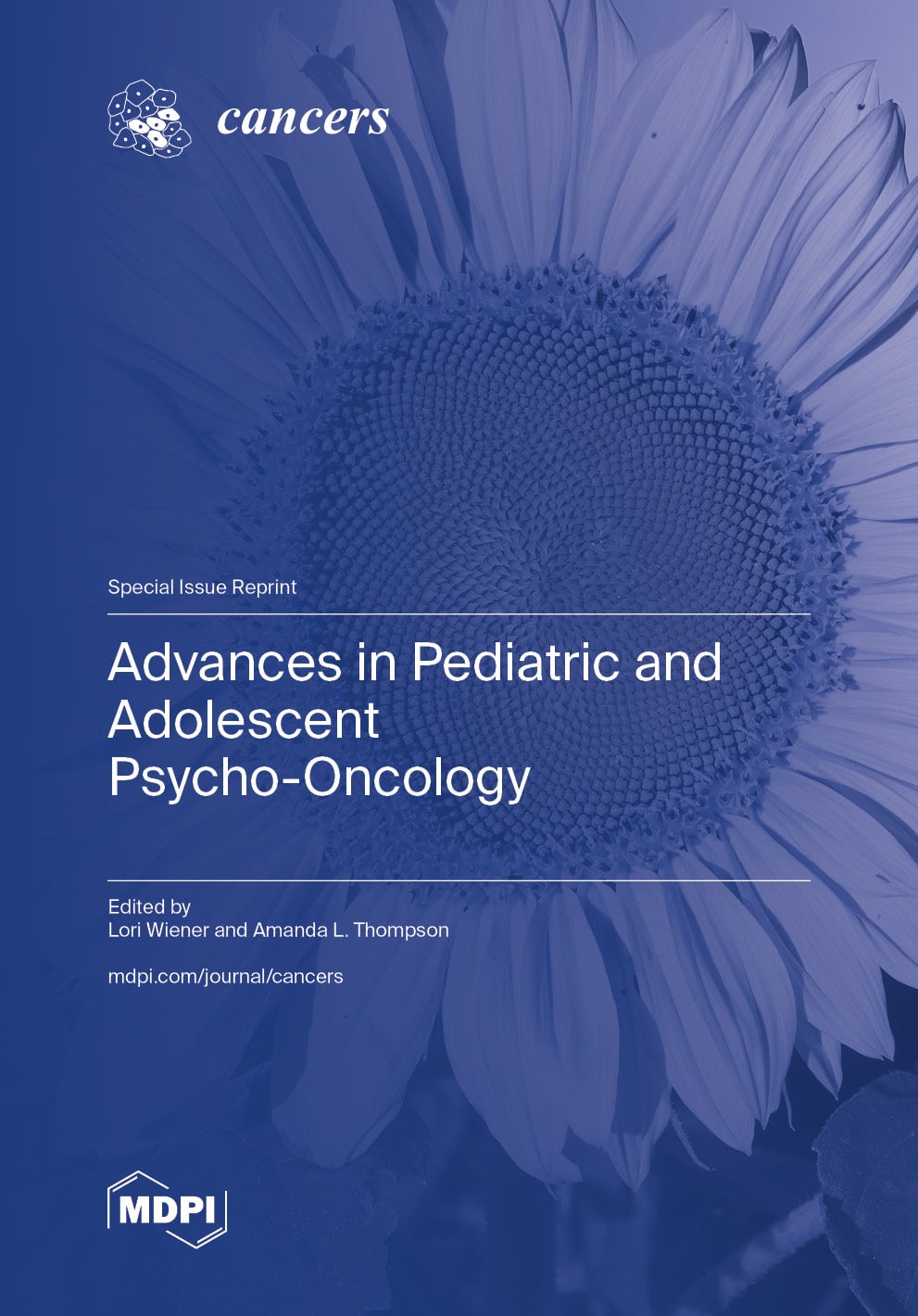- Article
Crosstalk of Tumor-Derived Extracellular Vesicles with Immune Recipient Cells and Cancer Metastasis
- Han Jie,
- Alicja C Gluszko and
- Theresa L. Whiteside
Background. Contributions of tumor-derived extracellular vesicles, TEX, to tumor progression and metastasis involve their crosstalk with immune cells in the tumor microenvironment. This crosstalk results in metabolic reprogramming of immune cells from anti-tumor to pro-tumor activity. Mechanistic underpinnings of the TEX entry and delivery of molecular signals responsible for metabolic reprogramming may be unique for different types of immune cells. Methods. An in vitro model of THP-1 myeloid cells co-incubated with TEX illustrates the role TEX play in polarization of macrophages to TAMs. Results. In THP-1 cells, the dominant signaling pathway of melanoma cell-derived TEX involves HSP-90/TLR2. This leads to activation of the NF-κB and MAP kinase pathways and initiates THP-1 cell polarization from M0 to M2 with strong expression of immunosuppressive PD-L1. TEX may be seen as “danger” by the myeloid cells, which utilize the pattern recognition receptors (PRR), such as PAMPs or DAMPs, for engaging the complementary ligands carried by TEX. The same melanoma TEX signaling to T cells via DAMPs induced mitochondrial stress, resulting in T-cell apoptosis. Conclusions. As the signaling receptors/ligands in TEX are determined by the tumor, it appears that the tumor equips TEX with an address recognizing specific PRRs expressed on different recipient immune cells. Thus, TEX, acting like pathogens, are equipped by the tumor to alter the context of intercellular crosstalk and impose a distinct autophagy-not-apoptosis signature in recipient THP-1 cells. The tumor might endorse TEX to promote tumor progression and metastasis by enabling them to engage the signaling system normally used by immune cells for defense against pathogens.
7 January 2026







